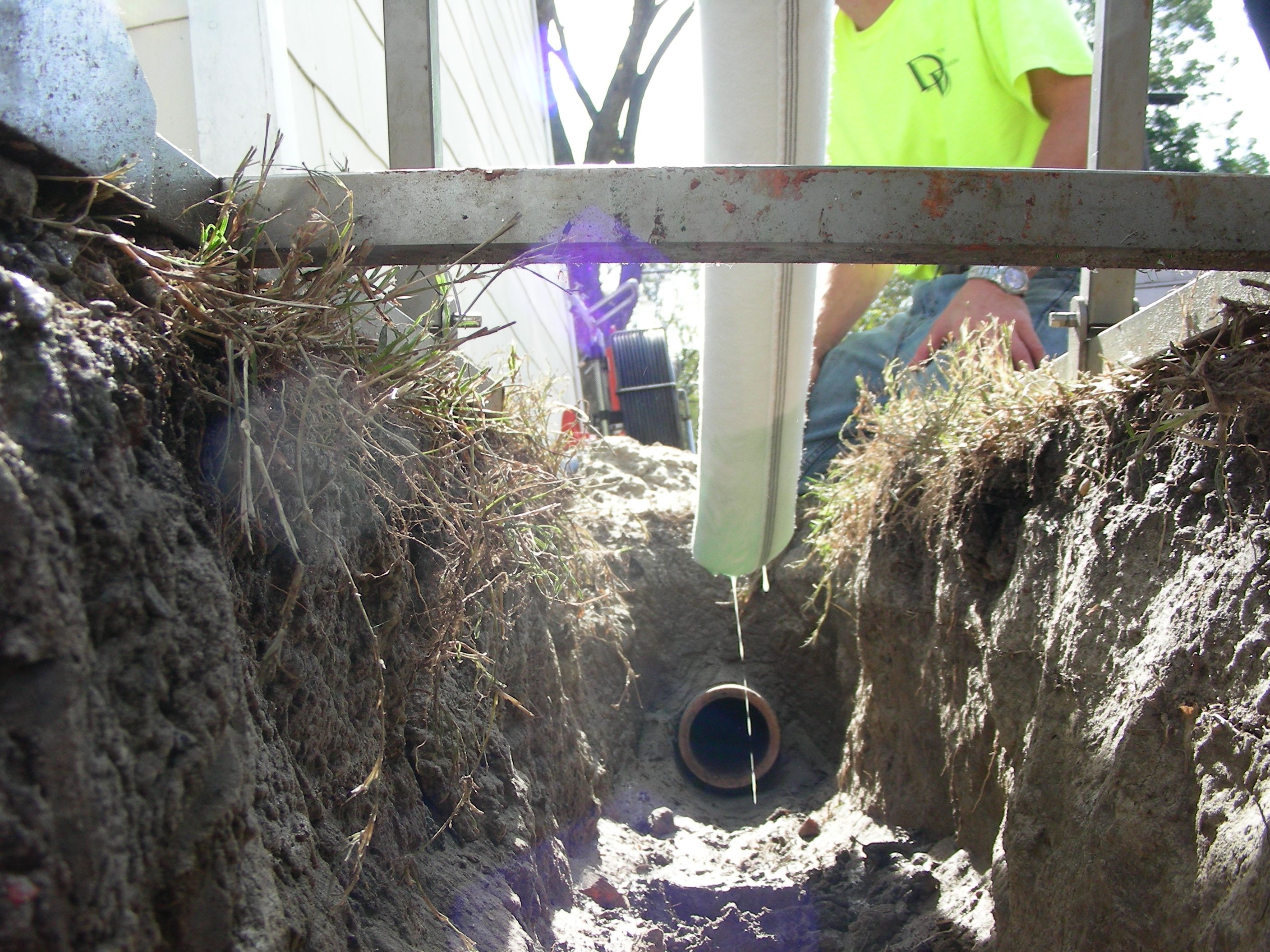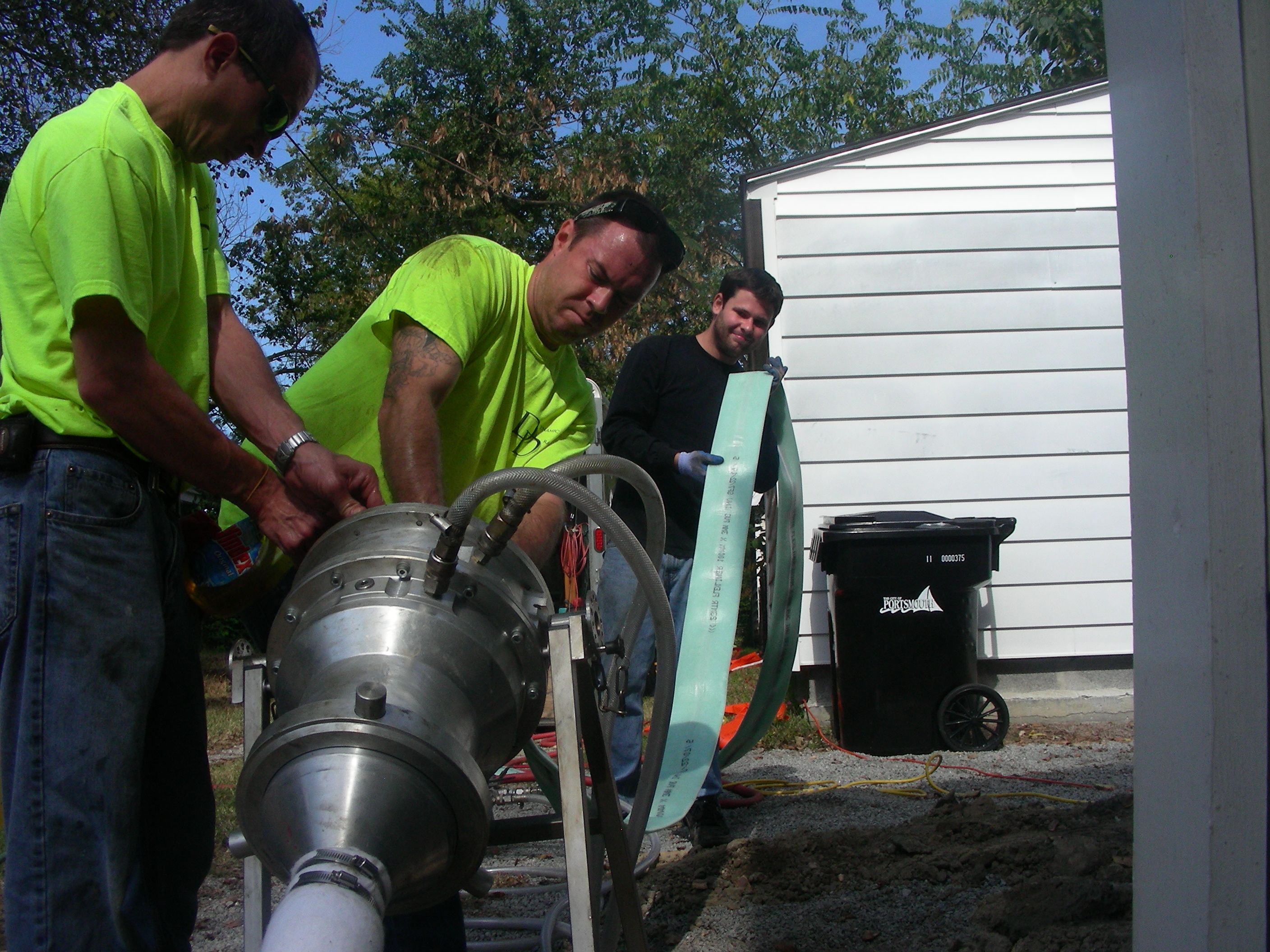
By 2023 the US Congress has estimated that they will need to invest approximately $183 billion towards water distributing infrastructure that provides clean and safe drinking water to consumers. Trenchless technology can provide extended lifetimes and a refreshing rehabilitation of existing lines. The evolving technology provides lower economic and social costs by implementing these practices. Lining can help restore almost any old pressure pipe including, concrete, clay, iron, steel, PVC and more.
Today’s innovations include cement mortar lining, slip-lining which is also known as fold and form, deformed/reformed or direct insertion, cured-in-place-pipe or CIPP and more recently gaining popularity are spray-on polymeric liners.
Enhance My Water
Deteriorating water mains must eventually be restored to preserve and enhance water quality, to prevent structural failure, to prevent water loss and to improve hydraulic capacity.
Water quality will rapidly degrade once pipes start to become unstable resulting in complaints by residents which in turn will become a city problem. Old cast-iron pipes cause the most difference in taste and quality due to their age and degraded properties contained such as rusting or mold infiltration.
Relining is the most beneficial way to improve water quality due to the materials used and the jointless and seamless application that prohibits buildup.
Water Loss is a “Main” Problem
Loss of water accounts for both economic and political consequences. There is an estimated 6 million gallons of treated water that escapes the water lines in North America every single day. Cracks, loose joints and gaps that are the cause can be completely eliminated and sanitized by installing a trenchless liner.
Emerging Field
Trenchless water main rehabilitation is an emerging field and new techniques and materials are constantly being formulated, tested and re-designed by engineers every day.

